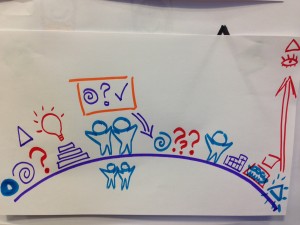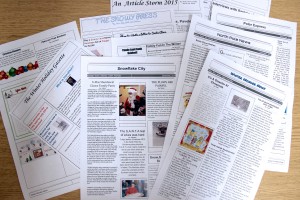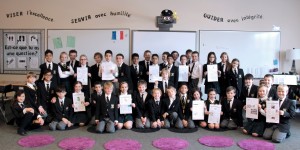Reflecting on Blogging
I have been doing some reading and pondering around the subject of blogging and it has been interesting to read another’s view on the subject.
Estes (2012) says that when she writes for her blog, she writes in a different context, a different style, with a different audience. She further states that “as a blogger, I’m not quite the same person as I am as a scholarly writer or as a teacher, and carving these distinctions is an on-going process (Estes, 2012)” I can identify with that, and the freedom that goes with being able to write in a way that feels comfortable and in a way that helps your personality to come through. Academic writing does not come easily to me, and takes a lot of work can care to adhere to the guidelines and parameters. For myself, blog writing is like academic writing but without all the strict rules. I am someone who constructs meaning using analogies and I do that a lot in my blog writing. It helps me make sense of the world, using my prior experiences and knowledge. I hope that it helps others make sense of me and what I am trying to say. I would hope that it helps others to identify with me and maybe connect to their own past experiences.
I found it interesting that Estes (2012) acknowledges that while she primarily writes for two diverse subjects, she also writes differently in terms of her purpose. For one subject she tends to write introspectively while for the other one she encouraging readers to think about their habits and, ideally, to make change. I have used my blog primarily for myself and getting my thoughts and ideas down and almost as a way to ‘think out-loud’. By putting my thoughts out into the blogging universe I am forced to write coherently and try to make my writing interesting and relatable. But at this point, the blog is for myself and if others benefit from it, that is an added bonus. I don’t use my blog to try and encourage others to something or to try and change others point of view. In reflecting on this, I think that it is because I don’t yet feel that I have the experience or education to be asking others to think or change in some way. I guess it is also the nature of this particular blog which is to reflect and respond to learning in an academic environment. If I set up a blog about teaching in elementary school, I would likely dole out advice and make recommendations because I have a lot of experience that others would find useful and would feel confident giving out advice and suggestions.
I am really enjoying this academic blogging experience. Like Estes, “blogging allows me a space to think about things I do in my academic work, but in an atmosphere that is more personal and more casual”. Very soon, the pressure to write in this forum will be gone since it will no longer be a course requirement. But I do hope that I have the fortitude to continue because I am enjoying where this reflecting is taking me and wonder where else it could go.
References:
Estes, H. (2012). Blogging and academic identity. Literature Compass, 9(12), 974-982. DOI: 10.1111/lic3.12017
Image By RICHARD OUTRAM from Wales (Serene Snowdon Uploaded by PDTillman) [CC BY 2.0 (http://creativecommons.org/licenses/by/2.0)], via Wikimedia Commons





